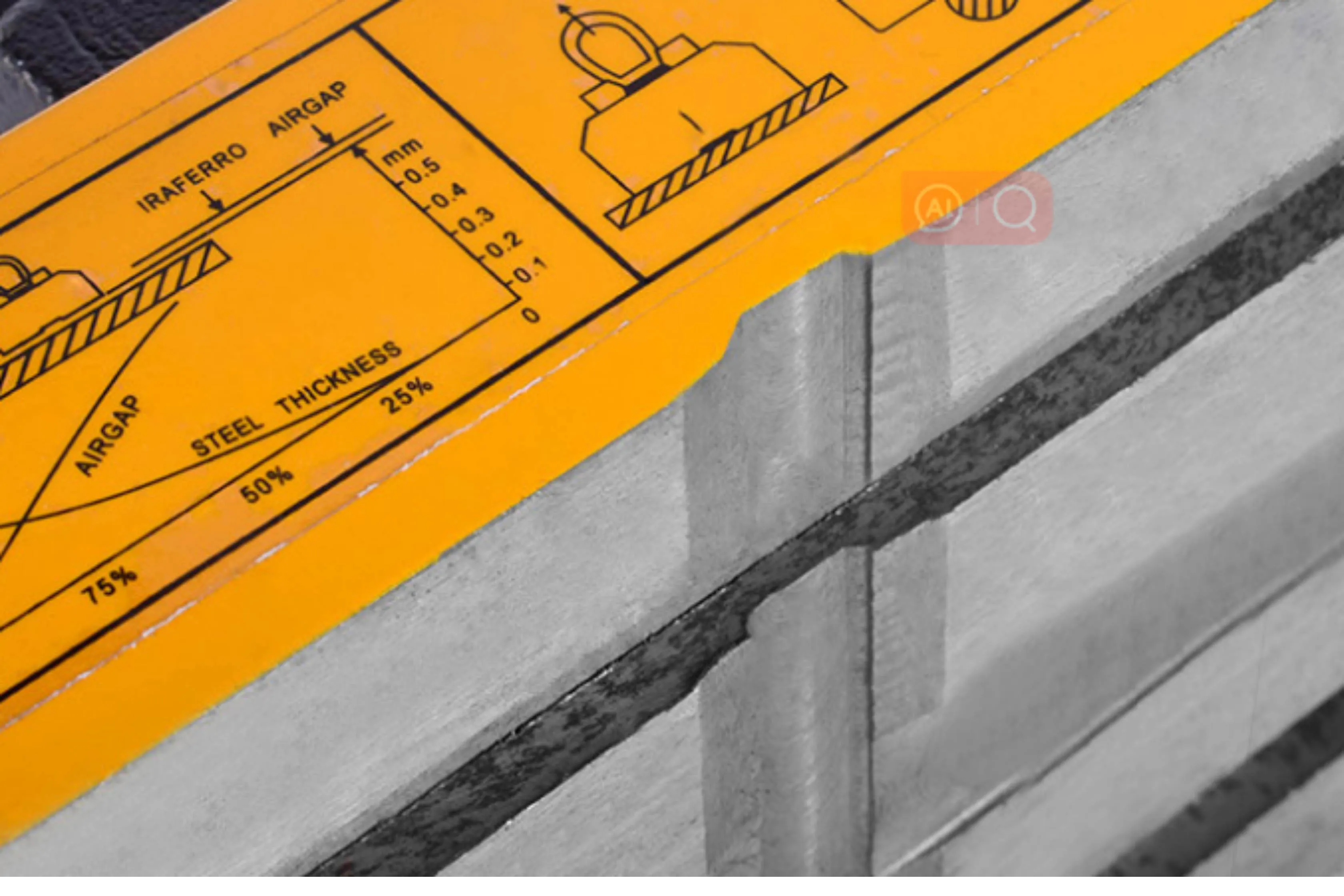gantry 1 ton
Understanding Gantry Cranes A Focus on the 1-Ton Model
Gantry cranes are an essential piece of equipment in various industries, including manufacturing, construction, and shipping. Their design allows for efficient movement and transportation of heavy materials across a workspace. One notable model in this category is the 1-ton gantry crane, which combines versatility and practicality for both small and large-scale operations.
Design and Construction
The 1-ton gantry crane is typically constructed from high-strength steel, ensuring durability and stability. Its design features a robust framework that includes vertical legs, a horizontal beam, and adjustable height settings. This modular design allows users to adapt the crane to their specific workspace requirements, making it suitable for both indoor and outdoor use.
The dimensions of a 1-ton gantry crane vary, but they are generally compact enough to fit within warehouse aisles or garage spaces. The mobility of these cranes is enhanced by the inclusion of wheels, which permit easy repositioning along the floor. Some models also offer manual or electric hoists, which facilitate the lifting and lowering of heavy loads with minimal effort.
Load Capacity and Performance
The 1-ton capacity of this crane model signifies its ability to safely lift and transport loads weighing up to 2,000 pounds. This makes it ideal for handling materials such as metal parts, machinery components, and construction supplies. The design of the crane ensures an efficient distribution of weight, providing excellent stability during operation.
Performance is further enhanced by the smooth operation of the hoist mechanism. With features like trolleys and winches, operators can maneuver loads with precision. This is particularly beneficial in settings where space is limited, or in applications requiring tight control over the positioning of heavy items.
gantry 1 ton

Applications and Versatility
Gantry cranes are incredibly versatile and can be found in various settings. In manufacturing facilities, they are used to move heavy parts from one station to another, streamline assembly processes, and enhance overall productivity. In construction, they facilitate the lifting of building materials, such as steel beams and concrete blocks, allowing for faster project completion.
In personal uses, hobbyists and DIY enthusiasts often leverage 1-ton gantry cranes for projects in home garages or workshops. These cranes can aid in engine lifts or similar tasks that require heavy lifting, making the process safer and more efficient.
Safety Considerations
When operating a 1-ton gantry crane, safety should always be a top priority. Users should receive proper training to ensure they understand how to safely maneuver and operate the equipment. Regular maintenance checks should be conducted to ensure that all components are functioning correctly and that there are no signs of wear or damage.
Employing safety features, such as load limiters and emergency stop buttons, can further enhance the safety of gantry crane operations. It's also advisable for operators to wear appropriate personal protective equipment (PPE) and to keep the work area clear of obstacles to prevent accidents.
Conclusion
The 1-ton gantry crane stands out as a reliable and efficient tool for lifting and transporting heavy loads across various industries. Its robust construction, flexibility in design, and ease of use make it an exceptional choice for both professionals and hobbyists alike. By understanding its features, applications, and safety measures, users can maximize the benefits of this indispensable piece of equipment, ensuring productive and safe operations in any working environment. Whether in a manufacturing plant or a home workshop, the 1-ton gantry crane proves to be a valuable asset.
-
Unlock Seamless Relocation with Our Heavy Equipment Moving ExpertiseNewsJun.06,2025
-
Unleash Unrivaled Flexibility with Our Adjustable Gantry CraneNewsJun.06,2025
-
Unleash Heavy-Duty Efficiency with Our Industrial Gantry Crane SolutionsNewsJun.06,2025
-
Revolutionize Steel Handling with Our Magnetic Lifter RangeNewsJun.06,2025
-
Master Equipment Mobility with Premium Machinery Mover SolutionsNewsJun.06,2025
-
Elevate Your Material Handling with Magnetic Lifter TechnologyNewsJun.06,2025
-
YS Permanent Lifting Magnets: The Smarter Way to Handle SteelNewsMay.22,2025
